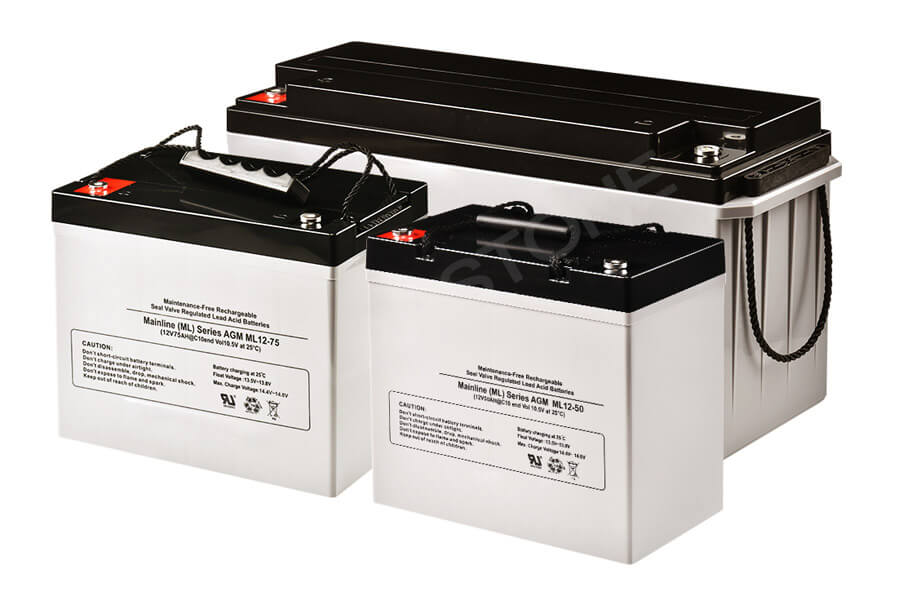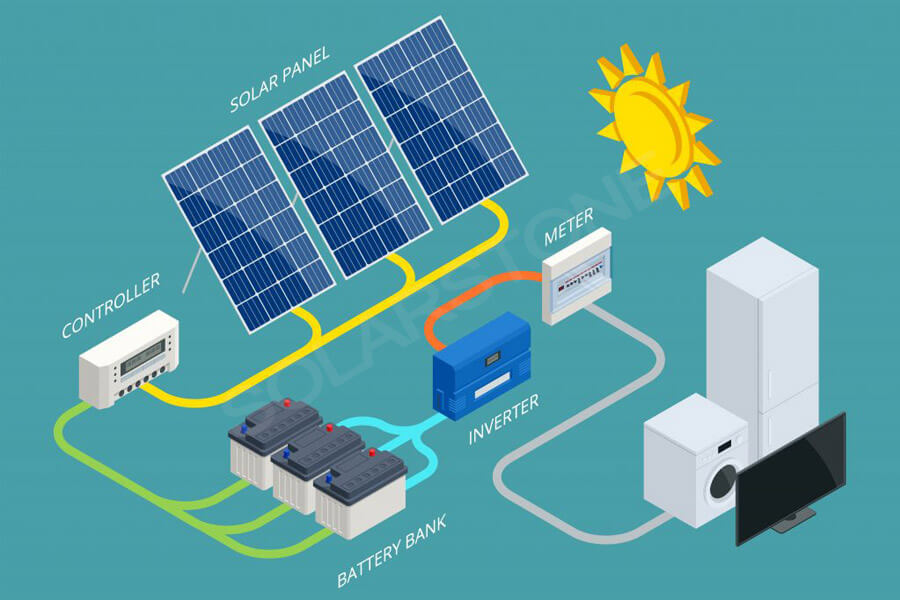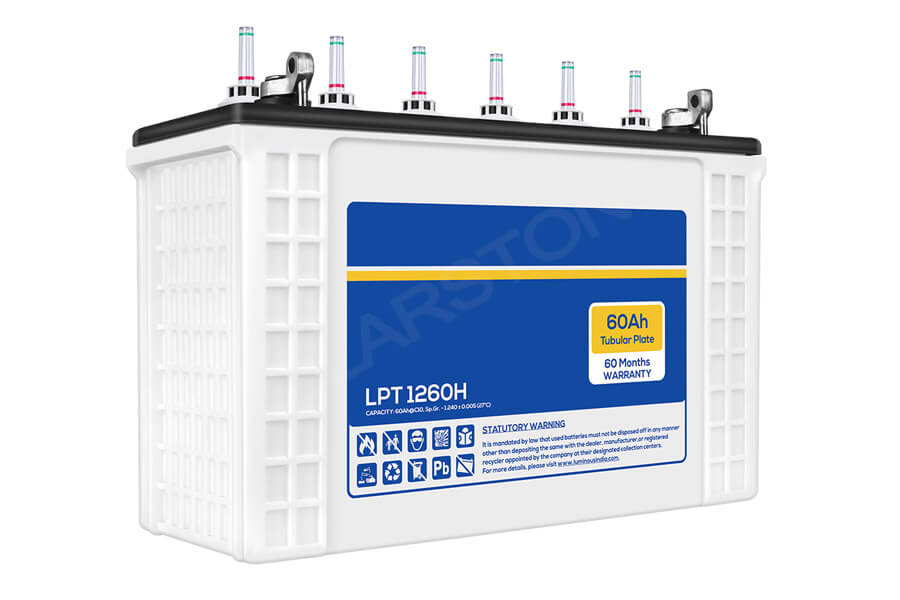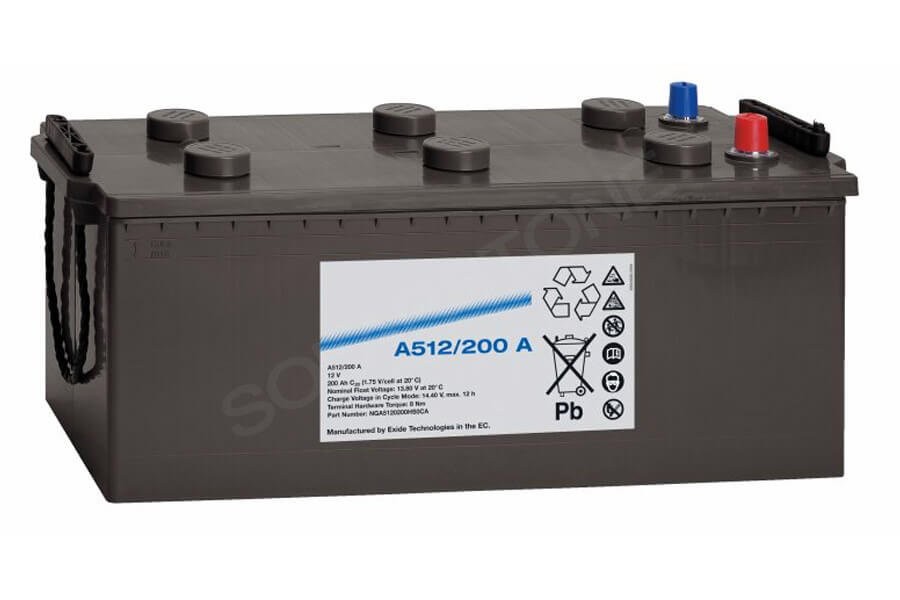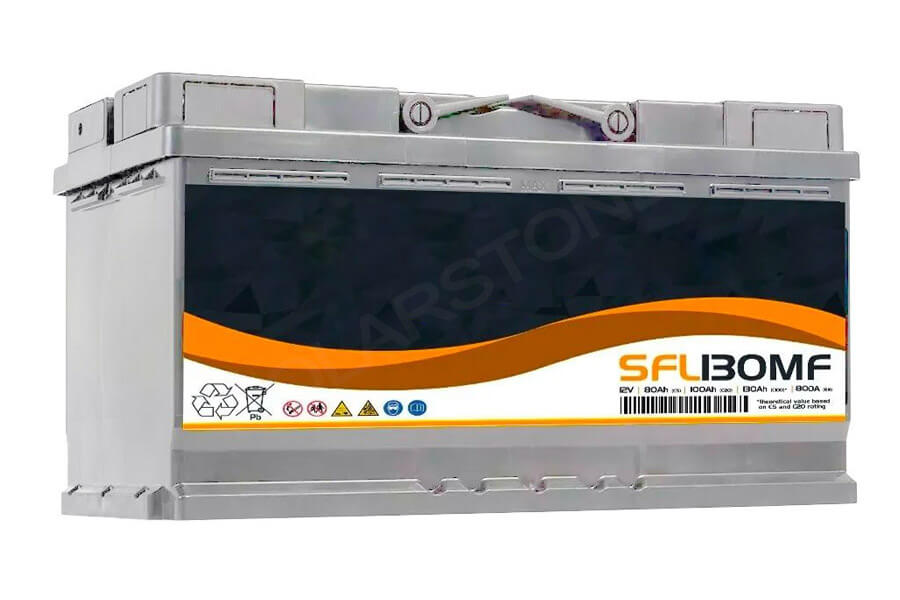Solar battery is used in solar photovoltaic power generation system. At present, the widely used solar batteries are mainly lead-acid maintenance-free batteries and colloidal batteries. Because of their inherent “maintenance-free” characteristics and less pollution to the environment, these two types of batteries are very suitable for reliable solar power supply systems, especially unattended workstations.
The solar battery shall have the following characteristics:
1.Good deep circulation capacity and good overcharge and discharge capacity.
2.Long life, special process design and colloidal electrolyte ensure long-life battery.
3.Applicable to different environmental requirements, such as high altitude, high temperature, low temperature and other different conditions.
Working principle of solar battery
During the day, the sunlight shines on the solar panel to generate a certain range of DC voltage, convert the light energy into electric energy, and then transmit it to the intelligent controller. After the overcharge protection of the intelligent controller, the electric energy transmitted from the solar panel is transmitted to the battery for storage; Storage requires storage battery, which is an electrochemical equipment that stores chemical energy and releases electric energy when necessary.
Use and maintenance of solar battery
1.Suitable working temperature: 15 ~ 20 ℃
2.The solar battery is connected by connecting the positive pole and the positive pole, and the negative pole and the negative pole of the solar battery. In this way, the power of the solar battery will double, and the voltage is the same as that of a solar battery. The two poles of solar battery shall not be short-circuited (bumped).
3.For the solar battery that is newly installed or recharged for the first time after renovation, it shall be charged for a long time. If the power is insufficient, please charge the battery in a sunny place for more than 8-16 hours, or use AC to fully charge the battery first.
Over-discharge charging should be strictly avoided. When charging normally with AC, it is best to adopt the step-by-step charging mode, that is, at the initial stage of charging, use the constant current of large current to evenly charge, and change to the conventional constant voltage floating charging mode after charging to the uniform charging voltage and constant voltage for a certain time.
4.Keep the battery clean.
5.Configure online monitoring and management technology for solar battery, measure and analyze the internal resistance of solar battery online, find the defects of battery in time and maintain it in time.
6.Prevent the solar battery from frost cracking in winter and direct sunlight in summer. The solar battery should be placed in a ventilated, shady and cold place.
Quality identification method
In order to make the battery system have high reliability, it is necessary to correctly select the battery. The design of ups and communication battery is different: some batteries have good cycle characteristics; Some batteries are suitable for starting; Some batteries are suitable for low-temperature environment; Some batteries are suitable for low current discharge, etc.
When selecting batteries, it is very necessary to understand the differences between processes and uses of various batteries.
First, we should fully understand the needs of users for products. For example, the capacity demand, frequency, environment, main purpose, service life, reliability requirements, instantaneous discharge rate, specification of rectifier and other battery related performance requirements of backup power supply system.
Secondly, we should understand the performance of the battery, the installation and use environment, the price of different models, the warranty period of different types of products, etc.


